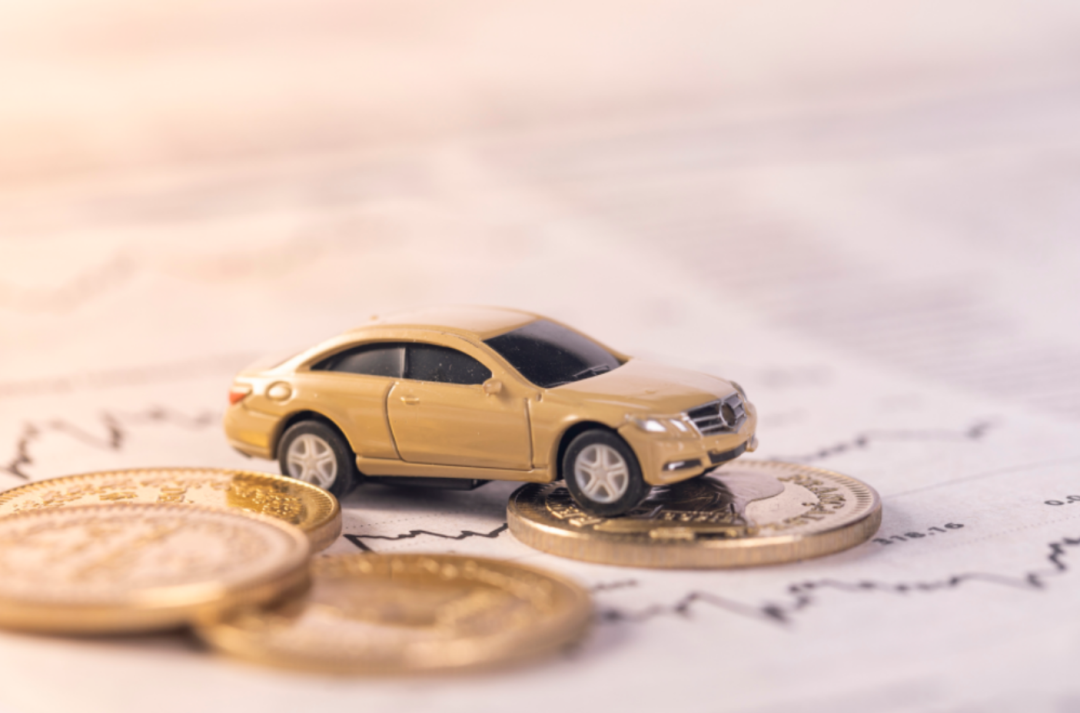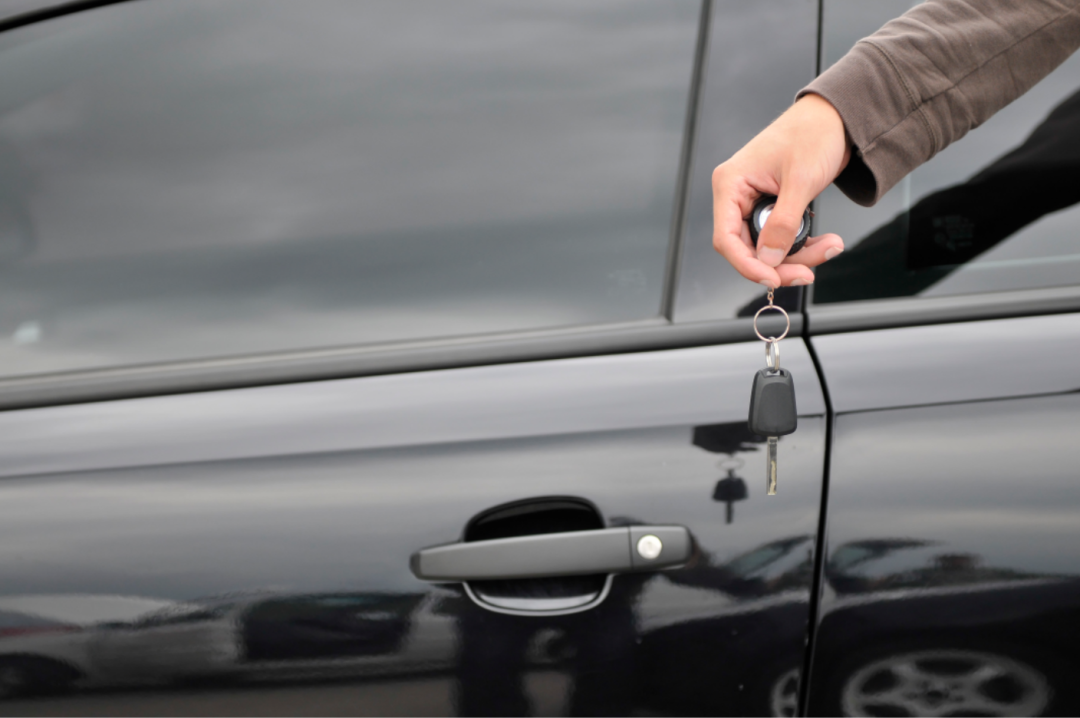Transitioning from Subsidies to Value Creation: The New Energy Market Ushers in a Transformative Era in 2025
![]() 02/27 2025
02/27 2025
![]() 605
605
In 2025, the automotive industry is once again poised for significant policy-driven incentives. The trade-in policy, jointly issued by the National Development and Reform Commission, the Ministry of Finance, and other key departments, continues to offer increased subsidies. Consumers who scrap old vehicles and purchase new energy passenger vehicles can receive a maximum subsidy of 20,000 yuan, while those opting for fuel passenger vehicles with a displacement of 2.0 liters or less are eligible for a 15,000 yuan subsidy. Compared to 2024, this subsidy standard remains unchanged, but the inclusion of eligible fuel passenger vehicles meeting the National IV emission standard broadens the scope of support.
Meanwhile, the upcoming adjustment to the electric vehicle purchase tax policy in 2026 has garnered considerable attention. According to existing regulations, China's electric vehicle purchase tax will rise from 0% to 5% in 2026. This shift signifies the end of the "zero purchase tax era" for the electric vehicle market and is expected to spur a wave of new energy vehicle purchases in 2025, potentially making this year's market unprecedentedly robust.
▍Leveraging the Existing Market to Accelerate New Energy Vehicle Replacement
The core alterations in the 2025 car trade-in policy involve heightened subsidy levels and expanded coverage. As per a joint notice from the Ministry of Commerce and seven other departments, the subsidy amount rises to 20,000 yuan for scrapping fuel or new energy vehicles registered before 2018 that meet the National IV emission standard or lower and purchasing new energy passenger vehicles; the subsidy for purchasing fuel vehicles stands at 15,000 yuan. Notably, the policy includes fuel vehicles meeting the National IV emission standard within the scrapping subsidy scope for the first time, covering vehicle registration times from 2012 (gasoline vehicles) to 2014 (diesel vehicles), thereby further unlocking the potential of the existing market.
Calculations by the China Automobile Dealers Association reveal that the current market inventory of fuel vehicles meeting the National IV emission standard approximates 70 million, a substantial increase compared to the 15 million vehicles adhering to the National III and earlier standards. Additionally, statistics from the China Association of Automobile Manufacturers indicate that the cumulative number of registered new energy passenger vehicles from May 1, 2018, to the end of 2018, reached approximately 1.03 million. This policy leverages a substantial market increment, which will directly propel auto retail sales growth.
Ministry of Commerce statistics show that in 2024, over 2.9 million vehicles were scrapped and replaced, and more than 3.7 million vehicles underwent replacement and upgrades, driving auto sales exceeding 920 billion yuan. Notably, since the implementation of the "two new" policy in 2024, the proportion of new energy vehicles traded in for old ones has surpassed 60%.

The anticipated phasing out of the new energy vehicle purchase tax exemption policy in 2026 has emerged as a significant driver in the 2025 market. According to the Ministry of Finance, new energy vehicles remain exempt from purchase tax in 2024-2025 (with a maximum tax exemption of 30,000 yuan), but from 2026 onwards, the tax will be halved (with a tax reduction of no more than 15,000 yuan per vehicle). Taking a new energy vehicle with a selling price of 300,000 yuan as an example, purchasing a vehicle in 2025 can save approximately 26,500 yuan (full exemption from purchase tax), whereas in 2026, 11,500 yuan would need to be paid, highlighting a considerable cost difference. A UBS report points out that this policy adjustment will encourage consumers to purchase vehicles in advance in 2025, particularly towards the year's end, when a "buying spree" may ensue.
When combined with the trade-in subsidy, the overall cost reduction for consumers when purchasing vehicles can reach 20%-30%. For instance, replacing a National IV fuel vehicle with a new energy vehicle allows consumers to simultaneously enjoy a 20,000 yuan scrapping subsidy and a 30,000 yuan purchase tax exemption, saving a total cost of over 50,000 yuan. The China Association of Automobile Manufacturers predicts that sales of new energy vehicles will reach 16 million in 2025, a year-on-year increase of 24.4%, with policy-driven contributions potentially exceeding 40%.
▍From "Policy-Driven" to "Technology-Driven": A Critical Juncture
While policy dividends serve as a short-term growth catalyst for the electric vehicle market in 2025, profound changes in the industry's competitive landscape have quietly commenced.
The phasing out of purchase tax and subsidy policies compels automotive companies to accelerate technological iteration and cost optimization. UBS calculations suggest that the manufacturing cost per new energy vehicle must decrease by 10%-15% in 2025 to maintain price competitiveness post-subsidy phase-out. Taking BYD as an example, its vertically integrated supply chain and scale production advantages enable it to have a 20% lower battery cost compared to competitors, potentially positioning it as the biggest beneficiary during the subsidy phase-out period.
Simultaneously, automotive companies are intensively releasing new models to seize the market window period. Li Auto plans to launch a series of pure electric SUVs, Xpeng Motors' first extended-range model will debut in the second half of the year, and Xiaomi Motors targets the medium and large SUV market. It is estimated that over 150 new energy vehicle models will be introduced in 2025, with models priced below 300,000 yuan accounting for over 70%, further intensifying market competition.
Chen Shihua, Deputy Secretary-General of the China Association of Automobile Manufacturers, believes that competition is manifested in various aspects such as price, intelligent configuration, as well as new products and services. Some industry insiders also contend that the focus of competition will be the comprehensive strength represented by mainstream products' intelligent driving capabilities.
From the enterprise perspective, entering 2025, Deep Blue Auto announced that its entry-level models will feature high-speed NOA (Navigation Assisted Driving) functionality; BYD's models priced at 100,000 yuan and above will come standard with intelligent driving, and most models priced below 100,000 yuan will be equipped with intelligent driving features. Although these products cover different price segments, these companies have conveyed messages such as universal intelligent driving and equal rights to intelligent driving to consumers, sparking widespread discussions and follow-ups from multiple enterprises.

The policy's inclination towards the mid-to-low-end market stands in stark contrast to the natural growth of the high-end market. The purchase tax limit policy (with a tax exemption of 30,000 yuan) necessitates partial taxation for models priced above 339,000 yuan, yet high-end consumers are less price-sensitive. Brands like AITO consolidate their market share through intelligent and luxury configurations, with their models priced above 400,000 yuan witnessing sales increase by over 50% year-on-year in 2024.
On the other hand, the rural market has emerged as a new growth pole. The rural passenger and cargo postal integration policy in 2025 has fueled a surge in demand for buses over 6 meters, with new energy models preferred due to their lower operating costs. Data indicates that rural bus sales increased by 40.8% year-on-year in 2024, with the proportion of new energy vehicles rising to 35%.
However, it's crucial to note that subsidy policies, while stimulating market demand, may also pose potential issues. Demand overdraft is a risk that cannot be overlooked. Past new energy vehicle subsidy policies, for instance, often resulted in the premature release of market demand on the eve of subsidy reductions.
2025 undoubtedly marks a significant policy year for China's new energy vehicle market, but the industry's sustainable development necessitates transcending short-term stimuli. Post-subsidy phase-out, the market will revert to the essential competition of technology, cost, and service. For automotive companies, whether they can successfully transition from "subsidy dependence" to "value creation" within the 2025 window period will determine their standing in the global automotive industry over the next decade. As the UBS report aptly states: "Policy is a catalyst, but the true winners are always those who define the future with innovation."
Typesetting | Yang Shuo Image Source: Shutterstock







